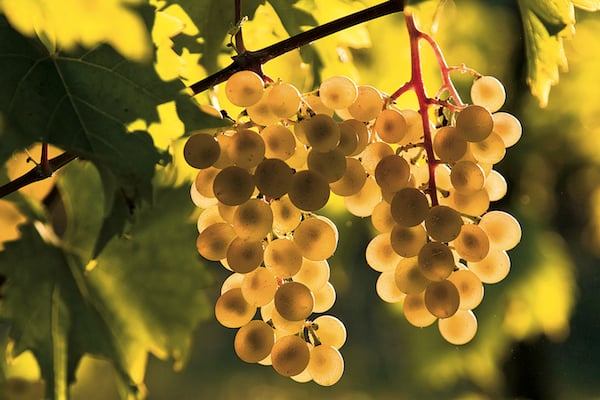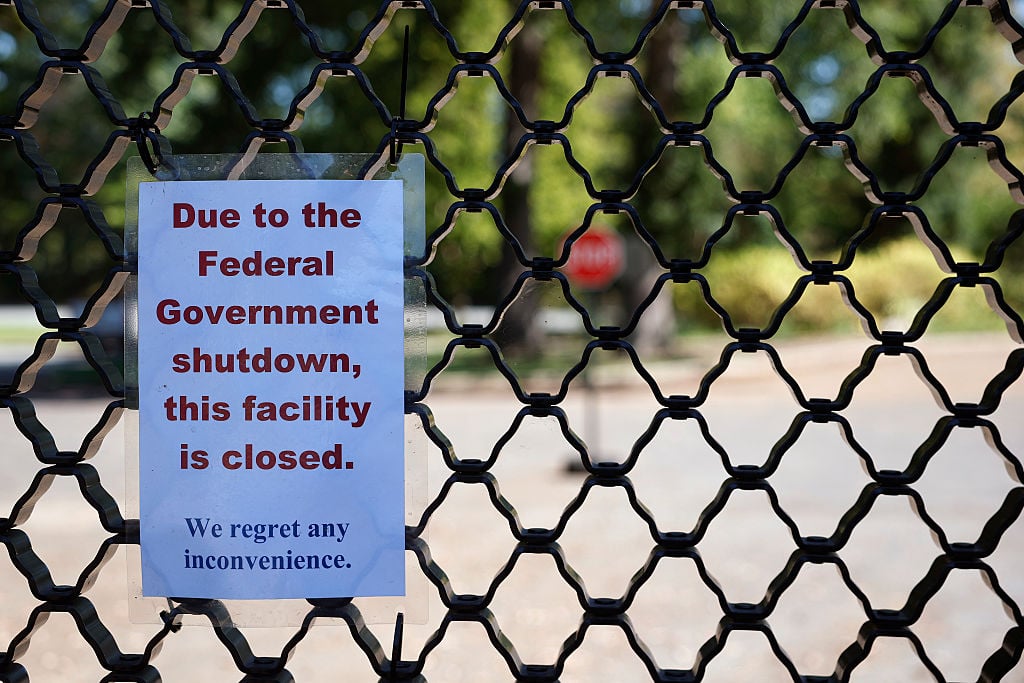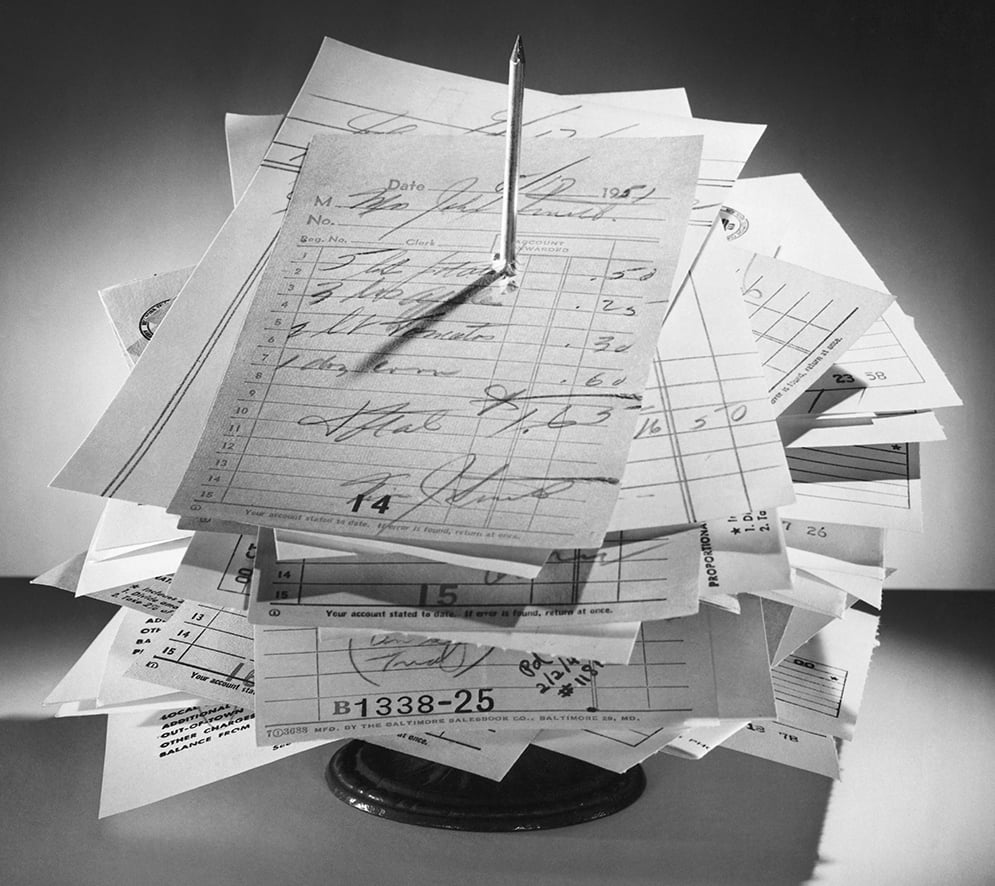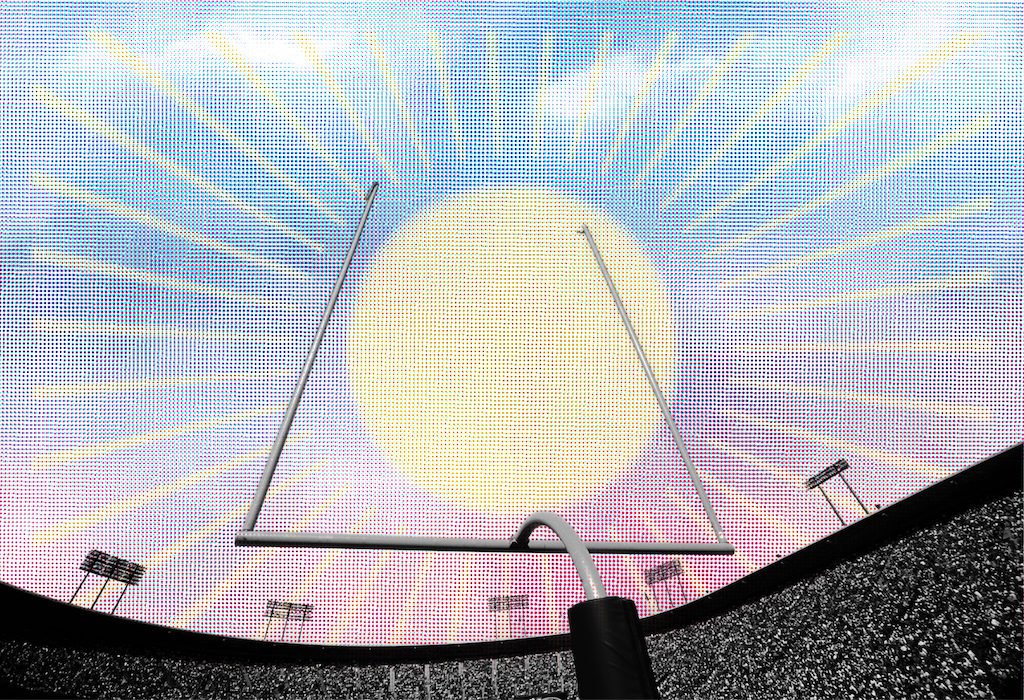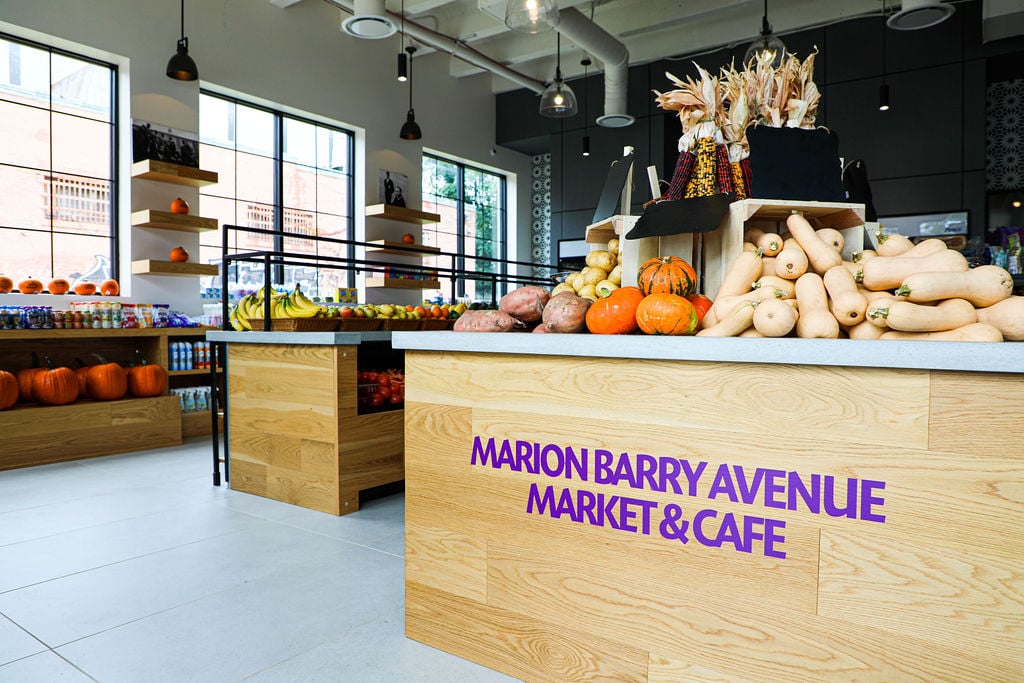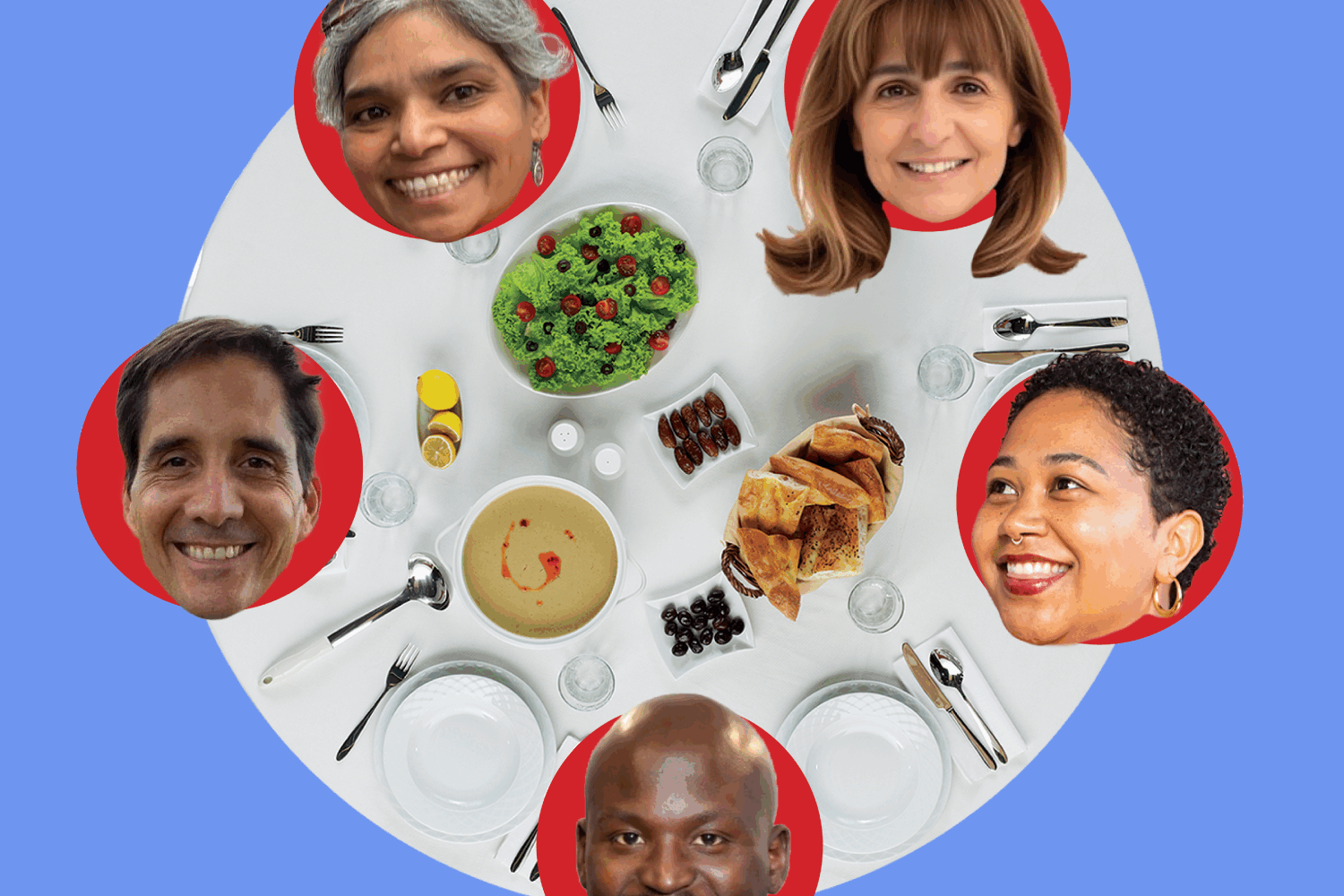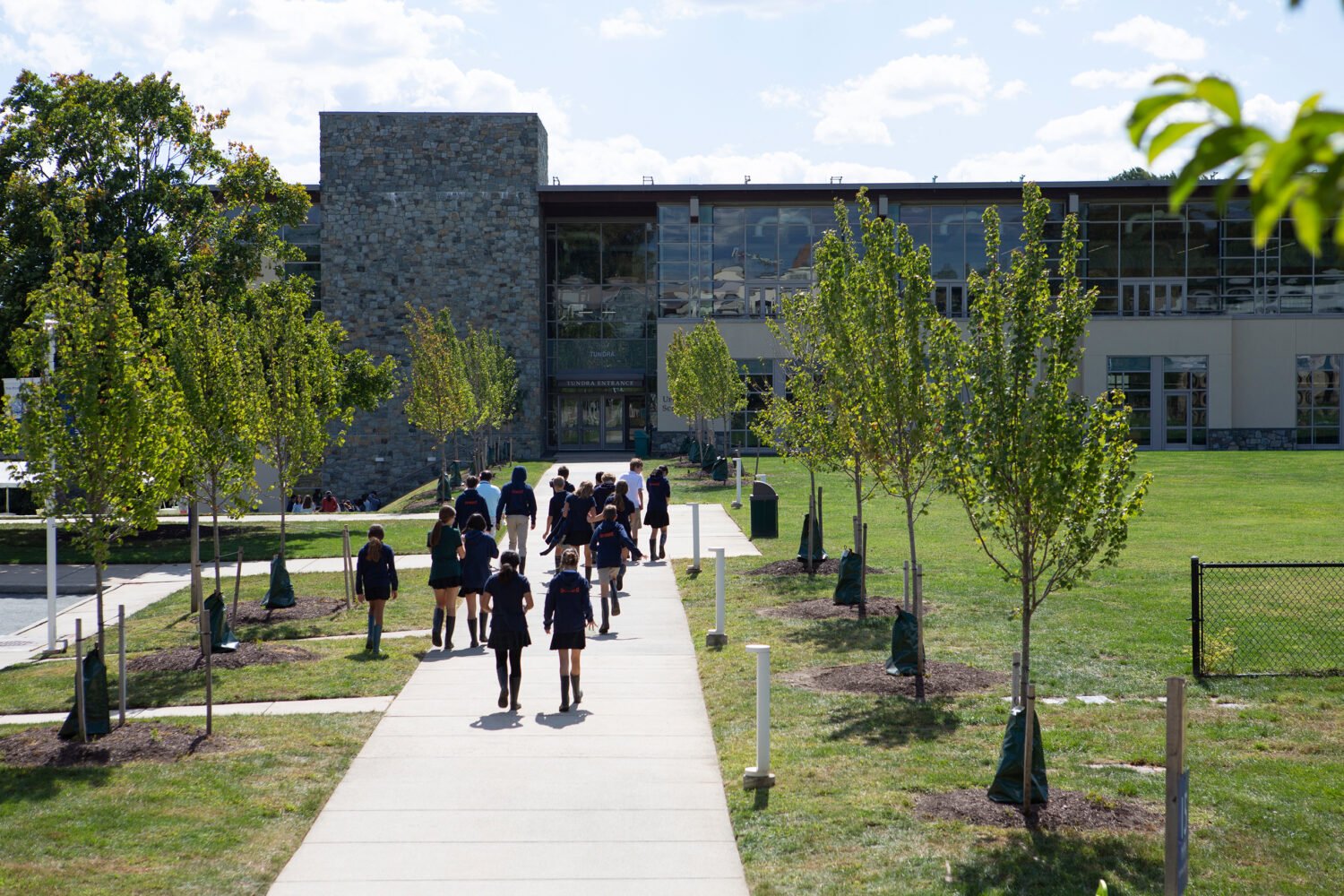The Viognier grape makes wines that pair well with many foods. Photograph by Henry Georgi/All Canada Photos/Corbis
“I hate Viognier,” said Andy Myers, sommelier at DC’s CityZen restaurant, when it came time for him to talk about the eight Viognier wines he had just rated at a tasting at the Ashby Inn in Paris, Virginia. “Having said that,” he continued, “Viognier has personality. I like wines that are more quiet, but this tasting experience was exciting.”
By the time he concluded his remarks, he had softened: “I loved the Horton Viognier.”
Myers was one of five Washington sommeliers who took part in a 2011 version of the so-called Judgment of Paris. Others were master sommelier Kathy Morgan of Citronelle, Jennifer Knowles of the Inn at Little Washington, Richard Dunham of L’Auberge Chez François, and Matthew Carroll of Rogue 24.
Winemakers in attendance were Jim Law of Linden Vineyards; his cellarmaster, Jonathan Weber; and Michael Shaps of Virginia Wineworks and Maison Shaps & Roucher-Sarrazin in Burgundy, France. Also taking part were wine merchant Bassam Al-Kahouaji, owner of Bacchus Wine Cellar in Georgetown, and 20 enthusiastic amateurs.
Three years in a row, my wife, Marti, and I have hosted a winetasting at the Ashby Inn in Paris, Virginia (population 71). The first was inspired by the 1976 Judgment of Paris, at which California wines captured worldwide attention when they were favored in a blind tasting over world-renowned French wines by a panel of French judges.
At our first tasting in 2009, we compared Virginia wines with comparably priced wines from France and other countries. Most tasters couldn’t tell the Virginia wines from the imports and in many matches preferred the Virginia wine.
At the second tasting, in 2010, we compared Virginia sweet wines with some of the world’s great Sauternes, including the 2005 Château d’Yquem and a 2001 Château Rieussec that Wine Spectator magazine had awarded 100 points. While a $99 2001 Rieussec was the top point-earner, a $24 2008 Rockbridge Vineyard V d’Or from Virginia’s Shenandoah Valley was selected over the $325 d’Yquem, and two sweet wines from Virginia’s Linden Vineyards, priced in the mid-$20s, scored higher than a $125 1971 Château Rieussec and a $65 1975 Château Suduiraut from France.
This year, we decided to compare Virginia wines with one another. Specifically, we would taste Viognier—the state grape of Virginia and a wine made by 76 of the commonwealth’s 193 vineyards—to see which we liked best.
“When Virginia Viognier is good,” wine writer Ben Giliberti had written in Wine News, “it is quite possibly the best Viognier made outside of Condrieu”—the white-wine capital of the Rhône valley and home to the Viognier grape. In May, the Virginia Wine Board approved the marketing of Viognier as “Virginia’s signature grape,” just as Cabernet Sauvignon is identified with California’s Napa Valley and Pinot Noir with Oregon.
Viognier vines start to hit their peak after 20 years. In the Rhône valley, some vines are 70 years old. Most Virginia Viognier vines are younger than ten years, leaving experts to wonder just how good the state’s Viognier will get.
Judging wasn’t easy.
Chef King—who has cooked at such gastronomic palaces as the Inn at Little Washington, Le Bec-Fin, the French Laundry, the Fat Duck, and the Waterside Inn—is preparing very good food at the Ashby Inn. At his food stations were opah ceviche with sesame tabbouleh and buttermilk; a whole steamed golden tilefish with fennel stuffing and crème fraîche; crab risotto with dill gastrique; and San Simon cheese, brioche, and walnuts toasted over maplewood chips with honey.
Lunch started at noon. As people arrived, a French Condrieu was served to provide a benchmark of sorts against which the Virginia wines could be measured. Condrieu, one of the rarest white wines in France, is made from the Viognier grape in the Rhône valley.
Judges could sample the food and wine pairings in any order they chose. The enthusiastic amateurs enjoyed the food and sipped the wine while chatting and making notes. The winemakers and sommeliers sipped and swirled studiously, rating each wine before eating. By 4 pm, all of the rating sheets had been tallied and Wavra announced the results.
Next: An unlikely winner
The tasting began with a briefing by the Ashby Inn’s sommelier and manager, Neal Wavra. How Viognier came to be planted along a winding section of the Rhône River in Southern France, he said, is a mystery. He favors the fable that bandits around Condrieu stole Viognier cuttings from the baggage of Roman legionnaires on their way to Beaujolais a couple of thousand years ago.
“We are lucky to have any Viognier at all,” Wavra said. “In the mid-1960s, it was being grown on a mere 3.2 acres of the world.”
Winemakers around the globe have since planted the grape, including many in Virginia, where it grows especially well.
“In 1993,” Wavra said, “Dennis Horton put Virginia Viognier on the map when his wine won first prize in a California tasting.” Horton’s success prompted other Virginia winemakers to grow the grape.
Wavra selected eight bottlings for our Sunday-afternoon blind tasting. The wines would be paired and matched with a luncheon menu prepared by Ashby Inn chef Tarver King.
On the scoring sheet, each wine was assigned a letter from A to H. Participants were asked to rate the wines from 1 to 5, with 5 the most preferred. At the end, the scores were tallied and the wines ranked by their total scores. We were also asked to rate our favorite food pairing. There were four food stations and two bottles of wine at each station.
While there’s much similarity among Viognier wines, there’s a spectrum of flavors. The two wines paired with each food course were thought by the chef and sommelier to be the most similar.
With 102 points, the 2010 Jefferson Viognier was the winner. It was served with the cheese course and matched against the 2009 Barboursville Viognier, which scored 94. Jefferson Vineyards is just outside Charlottesville; the wine’s clear green bottle features a replica of Thomas Jefferson’s signature on its label.
While the Jefferson wine was a crowd-pleaser, it wasn’t the favorite of the professionals. It was subtly sweeter than the other wines. The point in the harvest when the grape is picked influences the wine’s sweetness. Viognier gets ripe very fast and builds sugar quickly.
Andy Myers’s favorite, the 2009 Horton Viognier, finished a very close second with 100 points. It was also the favorite of two other sommeliers, Kathy Morgan and Matthew Carroll. The Horton and the 2009 Chrysalis were served with the crowd’s favorite dish, the tilefish.
The Chrysalis Viognier from winemaker Jennifer McCloud near Middleburg scored 91 points. After selling her computer-software company in 1995, McCloud attended a wine conference in Charlottesville and heard Alan Kinne talk about what he was doing with unusual varieties of wine, including Viognier. Three years later, she was planting Viognier grapes herself.
In third place, with 98 points, was the 2010 Veritas Viognier. Winemaker Emily Hodson Pelton won the Judges Choice Award at the National Women’s Wine Competition in 2007. At our tasting, Pelton’s Viognier was poured alongside the 2008 Viognier from Michael Shaps, which scored 88, to accompany the spicy opah ceviche. Viognier is a natural complement to seafood and shellfish. (It’s also a fine accompaniment to Thanksgiving turkey.)
Shaps felt that his wine and the Jefferson wine represented the two extremes in sweetness that have emerged in Virginia. Shaps’s wine is subtle and classic in the Condrieu style. The Jefferson is more opulent, with exuberant fruit. Shaps worked with the Veritas winemakers as they were refining their Viognier wines.
The creamy, slightly sweet crab risotto was served with the 2009 Chester Gap and 2009 Pearmund Viogniers, which tied at 90 points. Sommelier Jennifer Knowles liked the Chester Gap Viognier best of all but admitted that “choosing a favorite wine is the most subjective subject outside of art and music.”
Chester Gap, a small family-run winery with a European heritage, is located close to Knowles’s workplace, the Inn at Little Washington, on the crest of the Blue Ridge. The grapes for this bottling were grown at Boisseau Vineyard in Front Royal, just a few miles away.
Chris Pearmund’s Viognier grapes were grown with imported cuttings from the Condrieu at the Vinecroft vineyard, a few miles from the Ashby Inn.
Jim Law, who started the Linden winery in 1983, doesn’t grow Viognier. As a result, he rightfully proclaimed when it came his turn to comment on the tasting, “I am wearing my objective hat. Viognier is a great grape for Virginia. It is what we do well. It is easy to grow, and it commands a great price.”
Law’s favorite of the tasting was the Barboursville Viognier, but as he pointed out, “There is a spectrum of tastes of Viognier that work well with food. It can be paired in so many different ways, and in the end it comes down to personal taste.”
What our luncheon tasting might have proven is that there’s no one real Virginia Viognier but many good ones—and for fans of Virginia wines, that’s a very good thing.
This article appears in the November 2011 issue of The Washingtonian.

